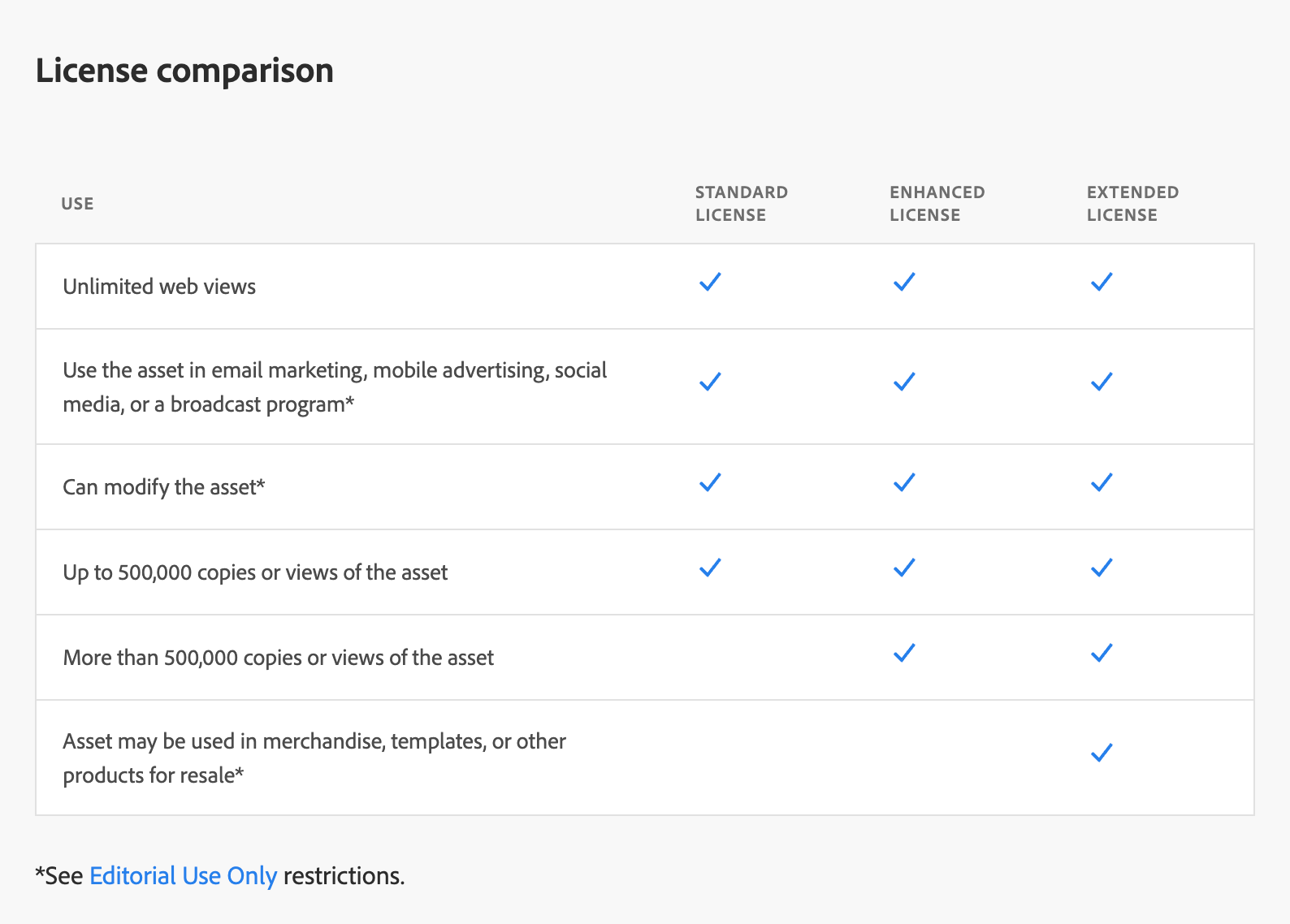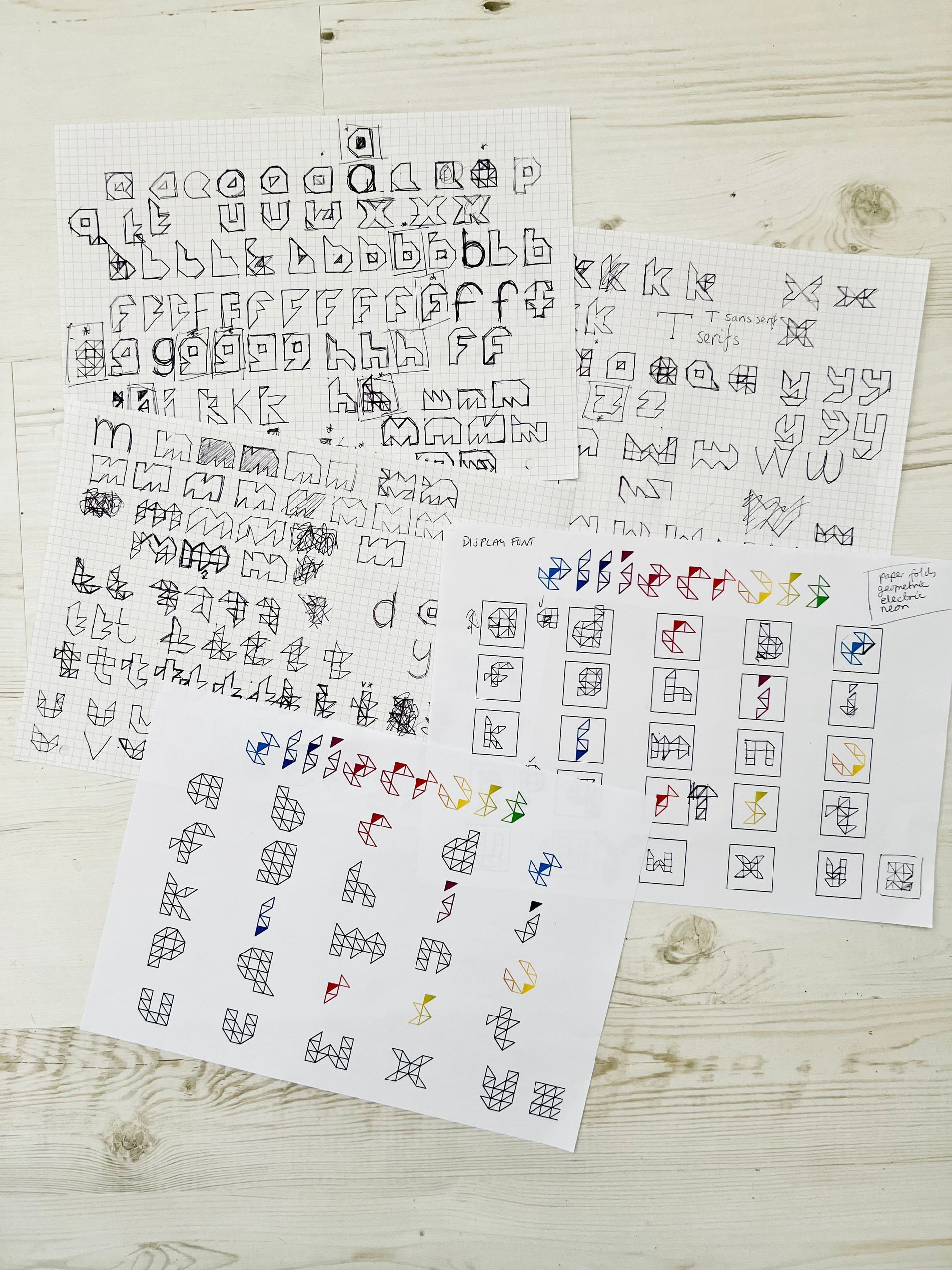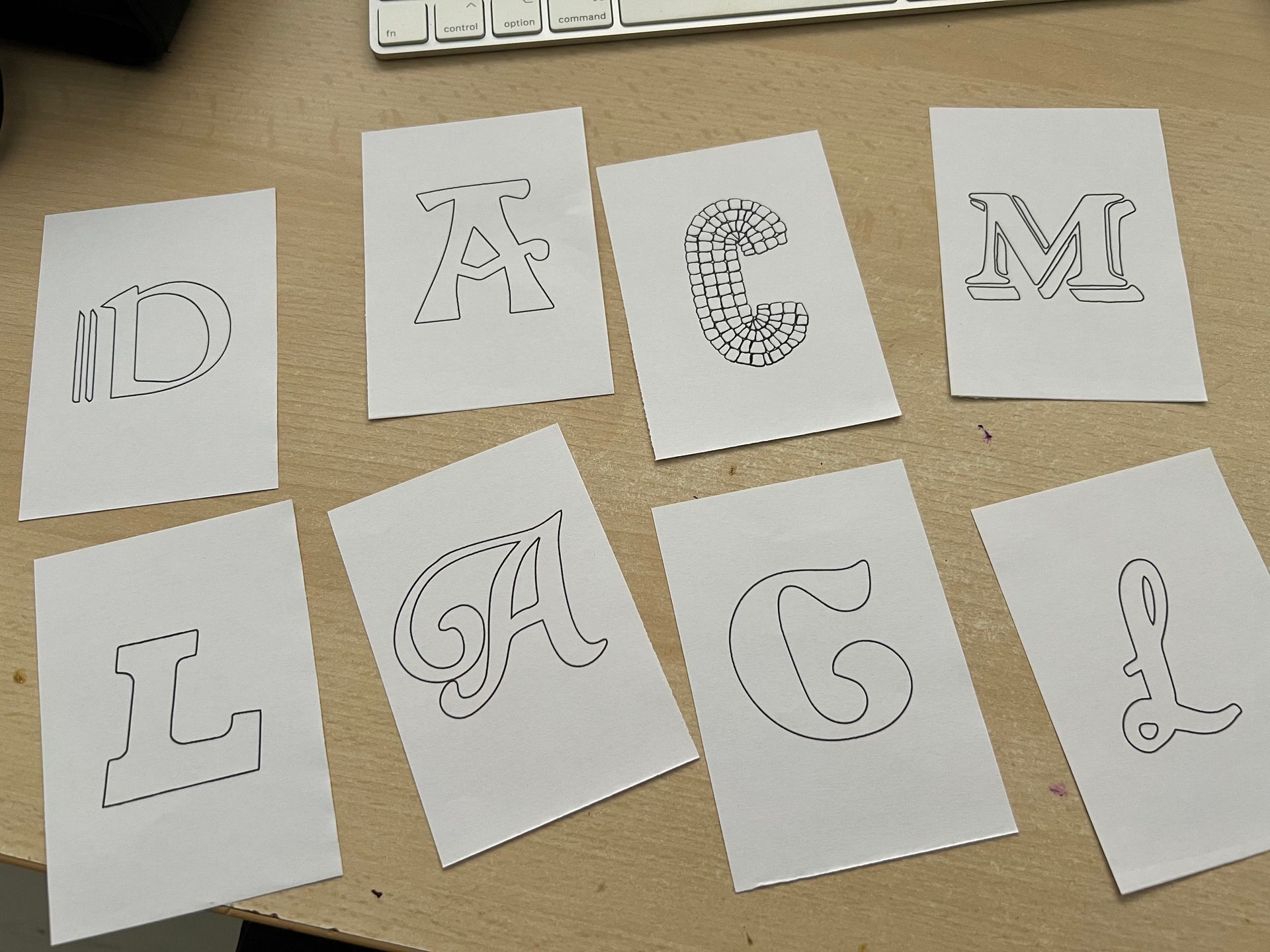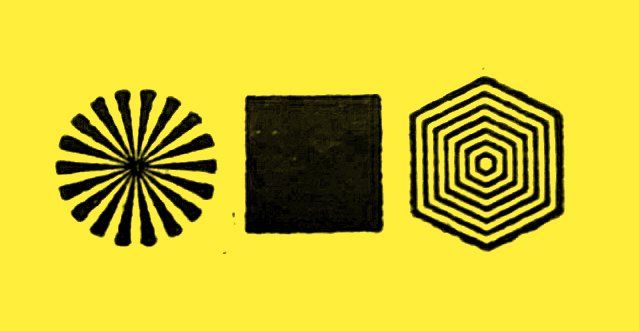Legal and IP Frameworks | Comparing Different Case Studies, Media Use and Equity Ownership
Plagarism Allegation
Some time ago I started a roller skating event business with a 'friend' and I designed the identity and all the posters, website etc. One evening a customer asked about the 'S' logo we used on all our social media, suggesting it was a rip off from a local company. They even went as far as sending us a link to the other company. It was similar in that it was made of two half circles and they even used the same colour pink, but the axis was different and the half circles were a slightly different shape. Sadly, I cannot find the company now so cannot show the similarity. Anyway we assured them that it had not been copied and the letters had been based on the concept of the shaped rays of light throw from coloured disco lights at music events. The company was something related to yachting, so a completely unrelated business and therefore not a competitor. We did not hear anything again. This was designed over 10 years ago, but maybe if it had been available (I have no idea if it was) it would have been worth doing an image search to see if there was similar out there, especially as it ended up being a fairly local company. I remember looking through my early designs but the sketched ones wouldn't have been 'time stamped', however, the digital files had the creation date to help if I'd needed a time frame.
We are all exposed to vast amounts visually everyday and there could be a possibility we could be influenced by something we've seen subconsciously. However, if you have a concept and all the original sketches and development work documenting your work, there shouldn't be any argument or question about the authenticity. I have heard of people putting the original designs in a envelope and sending it to themselves, so that it gets date stamped and provided it is unopened there is your copyright date proofed.
The last photo below is a poster design I created to show exactly where the idea had come from. I must have felt a need to quantify the legitimacy regardless of it being innocent.
If this had escalated this is where I would have been better protected with an indemnity insurance to cover an eventuality like this and other scenarios including a client suddenly deciding that your design services have caused them to lose money. More info on insurance down the page.
Indemnity and limitation of liability clauses could also be written into contractual agreements, which are legally enforceable to better protect the designer. I learnt the hard way with contracts, as my business partner for the above company did not wish to do 'paperwork' and saw it as a waste of money. However, it would have protected both of us when things went sour. I ended up leaving and losing most of my investment and they ended up running the business into the ground until someone else took over. So, really we both lost out!
Licensing
Stock Imagery
There are times where stock imagery maybe required e.g. small budget jobs when time is of the essence and when photos are required but there isn't the budget and/or time for a photographer and a photoshoot. This was one of my pet hates of working in a design studio, as needs must sometimes but I felt it crushed my creativity.
Check that the licensing is appropriate to the use. Some assets will only be licensed for certain uses or one offs. Below is an example of Adobe Stock's image licensing. Always check the details, as to not get caught out.

Source: Adobe, 2024
Font Licensing
Just because you have x amount of fonts on your computer doesn't mean they are automatically licensed for commercial use. Just like images they too have licensing rules.
When purchasing fonts check the licensing terms before purchase. On download they will have a licensing document to accompany it.
Type Designer, James Edmondson of Oh No Type shared this helpful tip(s), "Two super important things I learned at art school. First one was the rule that we had to make everything ourselves. If we wanted a photo in our project we had to take that photo, same for illustration or anything else, icons....eventually I'd end up up making my own typefaces, as an experiment and that became really fun and I kinda wanted to make that my job. The second thing I learned in art school...it is not your body of work that determines how creative you look, it's your haircut!", Instagram: @ohnotypeco, 13 May 2024.
Third-party: Client Content
When I worked in a design studio occasionally clients would supply images themselves, as well as the copy for jobs e.g. for an event programme or cinema listing. When asked about the images and copy, clients would say they received everything directly from their licensed affiliate. Some of these images had suspicious file names that made me think they had been downloaded from the internet and therefore, probably did not have any secured rights for use. On questioning the account handlers who dealt with the contracts and billing etc, they did have a clause in the contract that clients had to agree that any content supplied by them had got the appropriate rights secured in order for the content to be used by us.
This reminded me how some clients would request, comic sans to be used for the most inappropriate uses. We subsequently made sure it was deleted from all our computers, so we could say we did not have it and for those more savvy, wanting to supply it to us we could say it was not licensed for our use just to to avoid the discussion.
Copyright / Intellectual Property
All artworks remain with an artist or designer. One exception are logos which remain with the designer but would be annoying to the client as they'd have to ask permission every time they wanted to print some stationary or resale goods etc with their logo. Therefore, it is good practice to transfer ownership to the client at the point of payment. This can be written into a design contract.
Preliminary artwork and sketches produced by an artist or designer the copyright remains with them as the creator. They cannot be copied or reproduced by anyone else, even if someone has bought an original artwork/artefact. Copyright last for 70 years after the authors death (gov.uk2, n.d.).
Source: gov.uk (n.d)
Completed design jobs and their assets may want to be used for the designers own marketing e.g. portfolio, books or other publications, so it is important to state this in the terms and conditions along with the right to credit the designer or company.
Equity Ownership: Sole trader or limited company?
Sole Trader
Advantages
- Easy to set up. A sole proprietorship requires no starting capital. Set-up costs are usually minimal depending on your business, but there are no registration fees.
- Control. You are the sole owner of the business which means that you will have full control over any business decisions you make.
- Simplified accounting. Tax returns by sole traders are a lot less complicated than for other business structures because you’re not taxed separately.
Disadvantages
- Personal liability. As a sole trader, there is no separation between you and your business. That means you can be personally held accountable for any debt or employee issues.
- Decisions. Because you have sole control over the business, any decisions you make are your responsibility. That means you are fully responsible for the failures and successes of the business.
- Limited investment opportunities. Sole traders have a much harder time raising funds because there’s a greater risk for shareholders and investors if the business is not profitable.
Limited Company
If you form a limited company:
- you are an employee of the limited company and are classed as employed for tax purposes
- its finances are separate from your personal finances
- there are more reporting and management responsibilities
(gov.uk3, n.d.)
Graphic Design Contract
The importance of ‘having things in writing’ for freelancers is especially true for graphic designers. A good graphic design contract will ensure your client knows exactly what to expect when they’re working with you.
How to prepare a graphic design contract
As a freelancer, there isn’t a one-size-fits-all approach to a ‘graphic design contract’. However, most graphic designers will use a service agreement contract between them and their client. A service agreement contract will set out your terms and conditions, quality expectations, deadlines and payment arrangements.
Set out your graphic design terms and conditions
In your graphic design contract, you’ll want to confirm your terms and conditions in writing ahead of starting work for any client. Setting out clear boundaries means your clients will understand exactly what you’ll be doing and when you’ll be doing it. Setting out these terms clearly will help to avoid help avoid any disputes over delivery times or payment terms.
Expenses and cancellation fees
As well as the more standard terms and conditions, you might also want to consider detailing the expenses and additional costs you expect your client to cover during the time you’re working with them. These additional costs could include things like travel expenses for meetings or overnight accommodation costs. By outlining the exact terms of any extra fees or expenses, both you and your client will understand exactly how much everything is going to cost before any work is done, meaning you can focus on the job itself and building a good relationship with your client.
You’ll also want to agree a cancellation fee (if you have one at all) as well as information about the terms of late payments.
Graphic design contract checklist
- Payment terms: how much, when and the method you want to be paid, late payment terms.
- Delivery details: when and how you will deliver work
- Expenses: travel to meetings, hotel accommodation etc.
- Retention of title: confirm you own the goods until they’re paid for
- Retention of copyright
- Confidentiality: what information, if any, can you disclose and when
- Void contracts: what circumstances would breach the contract and become void
- Additional costs: e.g. who pays for postage of materials, packaging etc.
Source: Axa, 2017
Limitation of Liability / Indemnity
To discourage a client from claiming for loss of business, incidental damages etc a limitation clause should be written into the contract.
An indemnity clause is a contractual clause providing that one party is responsible for any losses or damages arising from a certain event or set of circumstances. In effect, the indemnity clause shifts the risk of that event occurring from the indemnified party to the indemnifying party.
With these written into a contract agreement they would be legally enforceable and offer protection to such claims.
Service agreement
What is a service agreement?
A service agreement is a written or verbal contract that sets out the terms between a customer and a service provider. Most service agreements cover things like payment terms and timelines of work. It’s similar to a bill of sale or purchase order but defines a service rather than goods.
Why would I use a service agreement?
If your business provides a service, you need to have a service contract in place to set out your terms and conditions. For example, a freelance graphic designer will use a service agreement to confirm quality expectations, deadlines and payment arrangements.
Source: Axa, 2020
Proofing and Disclaimer
I will definitely need a service agreement for the riso printing, so both parties myself and the client know where we stand. Digital proofs that require approval from the client would avoid conflict if a mistake were to be spotted after printing e.g. spelling mistake. Also with the nature of riso printing and movement while printing there should be a disclaimer pointing this out in the agreement and the proofing process.
Insurance for Graphic Designers
Professional Indemnity
Covers if you’re found to provide advice, design or suggestions that have caused a financial loss for a client. Here you might also add data protection cover and breach of copyright.
Public Liability Insurance
To protect you if someone makes a claim against you because they were accidentally injured, or their property was damaged due to your business. It would cover the cost of legal fees and any compensation. This would also be required for running a stall at a market. Organisers require stall holders to be covered by their own insurance. This would also cover meetings away from the office if something were to happen.
Business Equipment Insurance
Protection for all the essential equipment needed to keep your business up to scratch. Whether it’s drawing tablets, laptops, tablets etc.
Employers’ Liability Insurance
Where employees might be taken on, it is important to get employers' liability cover to protect staff if they’re injured or become ill as a result of working for you. It would help pay for damages, compensation costs and legal fees.
Contents Insurance
Safeguard the contents of your workspace – from chairs, desks and office kitchen equipment – whether you work from your own base, a rented studio or your own premises.
(Axa, 2024)
Selling Online
Before an order is placed
You must:
- make it clear to customers they have to pay when they place an order (for example, a ‘pay now’ button)
- display clearly how customers can pay and include delivery options and costs
- list the steps involved in a customer placing an order
- take reasonable steps to let customers correct errors in their order
- let customers know what languages are available
- make sure customers can store and reproduce your terms and conditions, for example these can be downloaded and printed off
- give your email address
- give your VAT number (if your business is registered for VAT)
- give the cost of using phone lines or other communication to complete the contract where it will cost more than the basic rate
- give a description of your goods, services or digital content - include as much information as you can
- give the total price or how this will be calculated
- give the total delivery cost or how this will be calculated
- tell them the minimum length of their contract
- give any conditions for ending rolling contracts or contracts with no clear end date
You must confirm the contract as soon as possible, for example with an email.
Selling digital services
There are extra rules for selling digital services which customers download or stream online, including:
- computer games
- in-game purchases
- TV and film
- books
- computer programs
- mobile phone apps
This would include font downloads.
Downloads and streaming services
If you supply downloads or streaming services, you must:
- get the customer to confirm before they download or stream content that they are aware they’ll lose their 14 day right to cancel
- get the customer to agree to an instant download before they start the download
- include this information in your confirmation of the contract, along with the other pre-contract information
If you do not follow these rules, the customer will keep their 14 day right to cancel without paying.
After an order is placed
You must:
- confirm the contract as soon as possible and no later than when goods are delivered, a service starts or digital content is downloaded (for example, an email must be sent when content is downloaded even if it does not arrive at the same time)
- provide a copy of the contract on paper, by email or another format the customer can save for future reference
- deliver the goods within 30 days, unless you’ve agreed otherwise with the customer
(gov.uk4, n.d.)
Key Points:
- Service contract
- Proof sign off
- Design contract
- Always check licenses it saves issues arising later on
- If budgets and time allows design everything yourself or more importantly, DON'T TAKE ON SMALL JOBS!
- Get insurance, indemnity and public liability
- Register your business
- Follow government guidelines for selling online
- Right limitation of liability into the contract, this makes it enforcable
References
Adobe (2024), Adobe Stock Licence Information. Available at: https://stock.adobe.com/uk/license-terms [Accessed 23 June 2024].
Axa (2016), Graphic Design Legal Issues. Available at: https://www.axa.co.uk/business-insurance/business-guardian-angel/five-essential-legal-principles-for-graphic-designers/ [Accessed 21 June 2024].
Axa (2024), Business insurance for graphic designers. Available at: https://www.axa.co.uk/business-insurance/designer-insurance/?gad_source=1&gclid=EAIaIQobChMIxa7MtPqKhwMVpoFQBh3Y2A_kEAAYAiAAEgLwovD_BwE&gclsrc=aw.ds [Accessed 3 July 2024].
Axa (2020), The most common business contract types explained. Available at: https://www.axa.co.uk/business-insurance/business-guardian-angel/business-contract-types/ [Accessed 22 June 2024].
Edmondson, J. (2024) 'Shout out to my brother...' [Instagram]. 13 May. Available at: https://www.instagram.com/p/C66vp05x8qd/ (Accessed 13 May 2024).
gov.uk (n.d.), How Copyright Protects Your Work. AVailable at: https://www.gov.uk/copyright [Accessed 23 June 2024].
gov.uk2 (n.d.), How Long Copyright Lasts. Available at: https://www.gov.uk/copyright/how-long-copyright-lasts [Accessed 23 June 2024].
gov.uk3 (n.d.), Set up a business. Available at: https://www.gov.uk/set-up-business [Accessed 3 July 2024].
gov.uk4 (n.d.),
Online and distance selling.
Available at: https://www.gov.uk/online-and-distance-selling-for-businesses/online-selling [Accessed 3 July 2024].












